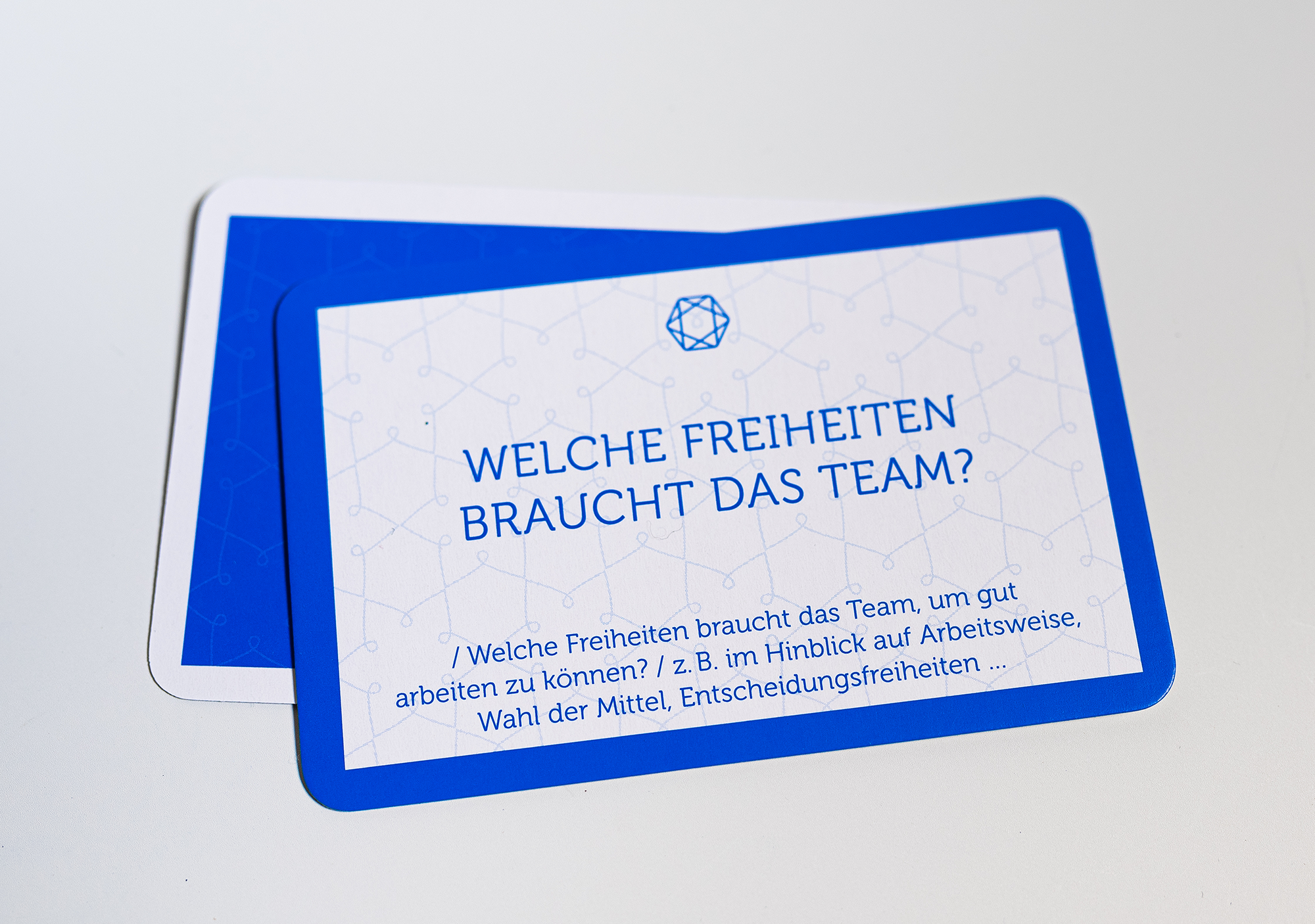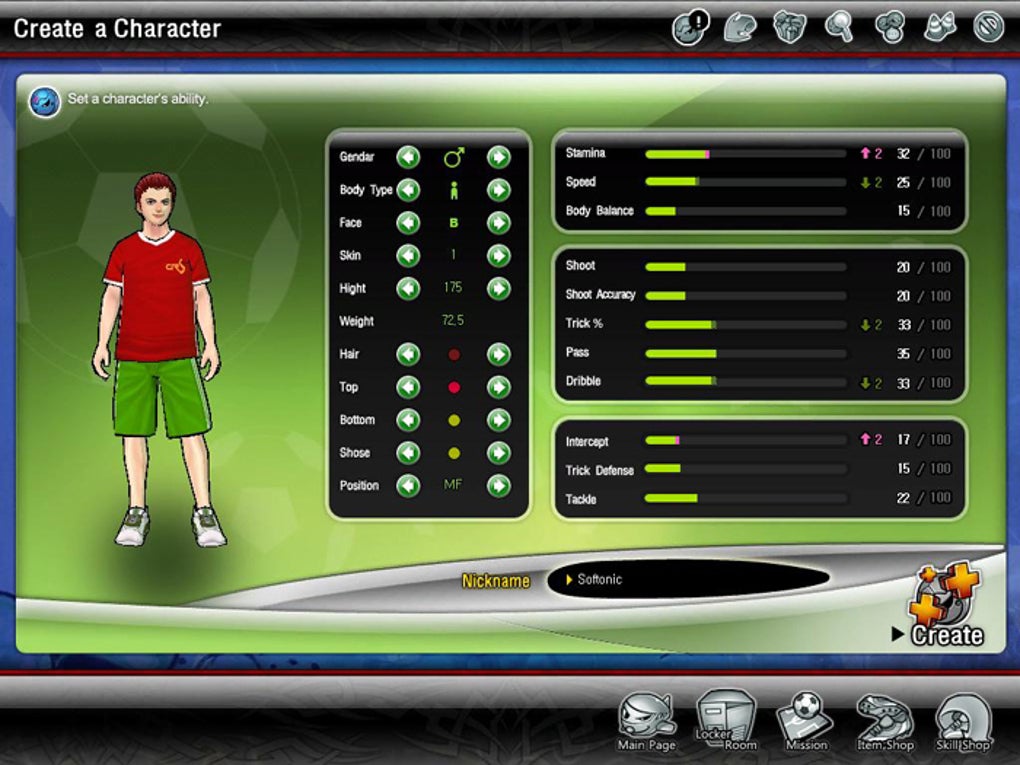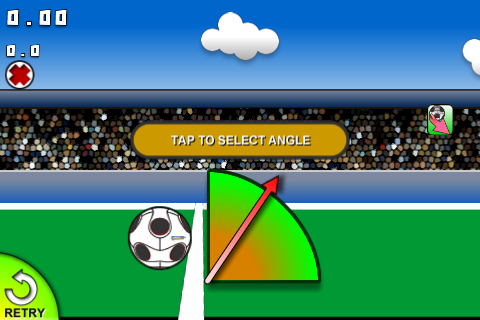
Tell us about your project and we’ll prepare a complimentary project brief to help move things forward. Ready to get started? We love to hear about new projects. A rule of thumb is to look for modern but proven technology with strong adoption, unless you have a very specific need. How many will you have at launch? In a month? In a year? Even a rough ‘bigger than a breadbox’ guess here will inform early technology decisions.ĭo you have a preferred ‘stack’? A technology you personally like? Keep an open mind, as tech changes rapidly. What happens if the app is a roaring success? Think in terms of active users. Do you have a target customer that uses, say, only Blackberry’s? Are you attempting some new technological breakthrough? As a wise friend of ours likes to say “One point for originality, two points for copying”.ĭecide if you actually need to worry about technology. Think about your favorite apps and interfaces, and emulate them. Want to draw better? Start with Drawing on the Right Side of the Brain.ĭo you already have a design established? Brand guidelines to follow? Use these even in early prototypes, it will help stakeholders get on board and make things feel real. They are symbols of a tree, not the tree itself. There are very standard ‘houses’ and ‘trees’. Think of a child's drawing of a house and tree. Too often we fixate on preconceived notions (‘symbols’), and these symbols get littered into our mental model like bad clip art. It can show us what matters, literally ‘paint a picture’. Why? Drawing can solve the “seeing problem”. The result of success with your app (for instance, for Lyft maybe a car pulling up to meet a sole smartphone-wielding traveler in a crowd) It doesn’t have to be great, or even legible to anyone but you. A scene or vignette of the app in action. If you can begin assigning dollar ranges to these three levels, you begin to see where you can make trade offs.Īn aphorism we like: “Time, money and quality. What would a very basic (good) version of the idea look like? How would you improve from good to better? And what would be involved to create a gold-standard ‘best’. We like the good, better, best framework when thinking about budget.

When will the app launch? What natural cycles (weather, economic, societal) will affect your chances for success or failure? It may be third on this list but don’t let that fool you- timing is #1 for a majority of seasoned entrepreneurs. Try to get a sense of what drives them and how they think.īorrowing from the StoryBrand framework (worth checking out, especially if you are working on your marketing), think about what this product or project will allow your user to do. Better yet, imagine you are a script writer and place them in a scene that develops their character. But instead of writing down who you think they are, spend time imagining how they would describe themselves.


Who are the people that will use your app? Spend time defining who they are. Almost everyone will agree your baby is beautiful, no matter how much snot and tears and weird alien baby wrinkles they see. This is like asking someone how beautiful your baby is. Avoid the opposite of this: “I have this great idea and want your input”. This approach separates you from the idea and asks the reviewer to defend your best interest (your time). “I have this idea I’ve been working with, but I don’t know if it is worth my time. Run the idea by 20 people, in a way that allows them to be honest. What would make the app fail? What hurdles will you have to overcome? Is the idea ready to be made real? Are you ready? Here are 7 things to consider and do as you prepare to kick off a new app project.Ĭan you find it in “nature”? Is there an analog? Is there somewhere you can see the basic principles at work in your world, a different industry, or real, actual nature? Maybe the idea has spent some time on a whiteboard, perhaps shared with others. Chances are, the idea has been in your head for a good while.


 0 kommentar(er)
0 kommentar(er)
